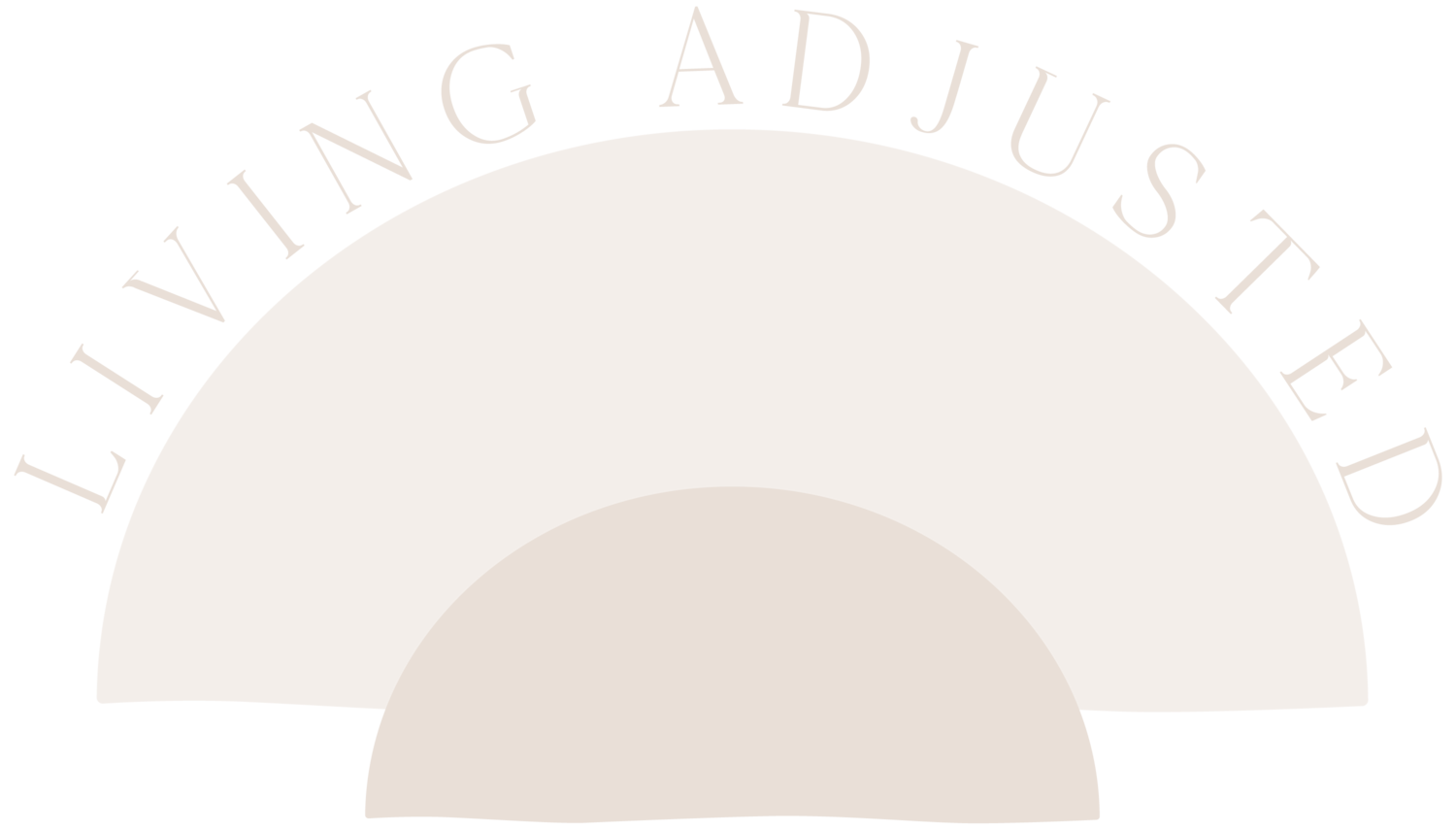Elimination Communication (EC) — is defined as a way to respond to a baby's natural hygiene needs, from as early as birth. This practice isn't solely about "catching" every pee or poo in the potty or being diaper free all the time; it's a dance of connection with our bodies. It literally sets up your child’s neural pathways to understand what’s happening when they’re needing to go poo or pee.
We began using the Elimination Communication (EC) method along with cloth diapering (80/20 rule) on week 5 of Ku’a’s life. We did not do a ton of research besides watching a few YouTube videos with Andrea Olsen of “Go Diaper Free” and purchasing one item to get us started. A friend of ours had flown over to come to help out on week four and she asked why we hadn’t gotten the “top hat” potty out yet. I mentioned not knowing where to start with EC. She said, “you only need to begin with the ‘Pottytunities.’”
There were a host of reasons we considered putting in the extra effort to make EC a priority. The first of which made sense to us to begin doing the things he would be doing eventually anyway. It’s a strange reality that the western culture has indoctrinated in us this idea of teaching your babies for 2-3 years to eliminate in these paper coverings on their bottoms, and stay in it until they’re changed. And then all of a sudden begin asking them to go on the toilet when mom and dad feel ready. And those times during the transition period of toilet training, any of the misses being called “accidents.” Which was really what we had trained them for in the first place? It made more sense to us to go in the direction of development we are headed towards, from the beginning. It feels a lot like what we see in the medical industrial complex propaganda. “Take this birth control pill for years, telling your body not to be fertile, then when you’re ready to have a baby you can quit taking it and become pregnant.” We all know it’s not always this easy after years of training our body to do something completely opposite. Obviously this isn’t the exact same scenario, but we can extract similar themes here.
My husband and I also see this “method” as an extremely natural way to be with our babe. It’s a way to be in tune with your child’s signaling. Much of the way my husband and I are moving towards living (holistic, instinctually, communally) has been marketed out of us. By large companies with skin in the game and a nice agenda to make a product provide a level of convenience that seems unlivable without (like the diaper).
Elimination communication does require a higher level of awareness. There have been times we have been occupied with switching the laundry, packing the bag, or scrolling on our phones, while Ku’a is signaling in our arms that he has to pee. And then he lets out a cry, we check his diaper and we missed the window to put him on the potty. It is weirdly rewarding to “catch” poos and pees in the tophat. Pieces of me love the accomplishment hit we receive when we “get it right.” (Very few things in motherhood are direct reward like this so let me have my moment, haha).
There are some interesting facts on the world of potty training and the evolution of disposable diapering in general that caught our attention. Half of the world’s population is potty trained by one year old. In western culture, many three year olds are still in diapers, at least throughout the night. It’s interesting that disposable diapers were not even an option for mothers until the 1960’s. That’s just our parents generation and ours. Before diapering this way, parents taught their children from a young age to know where to go to the bathroom. And for the in-between times, they had cloth-like coverings as “diapers,” however, they were used as a back up to the times they missed the cues for eliminating. Not in replacement of the toilet. Obviously culture shifts rapidly. Just a generation or two of convenience, shifts infants from potty literacy to eliminating in their diapers for years.
EC is sort of like “training” a puppy. You take them out when you’re about to leave the house, when you get home, before they go to sleep and after they eat. An extra step that creates an entirely different (and IMO more humane) experience for our babies. We’ll see how it goes with our next babies when we have multiple children on the scene. Our intention is to simply make it apart of our life. Communicating their potty needs just like the rest. More updates on this in the coming years.
Other items we’ve loved while incorporating EC + diaper free time
Beginner potty called “Top hat potty” Find it here under resources then supply list
Bigger potty called “Mini potty” Find it here under resources then supply list
Organic pads for bedtime
Xx
Dr. Molly


